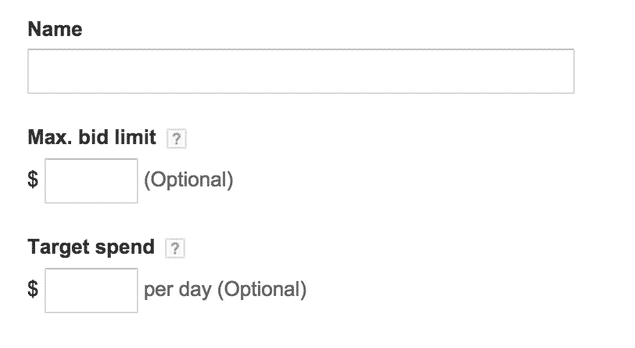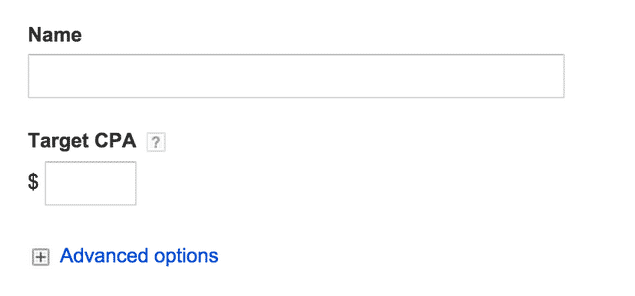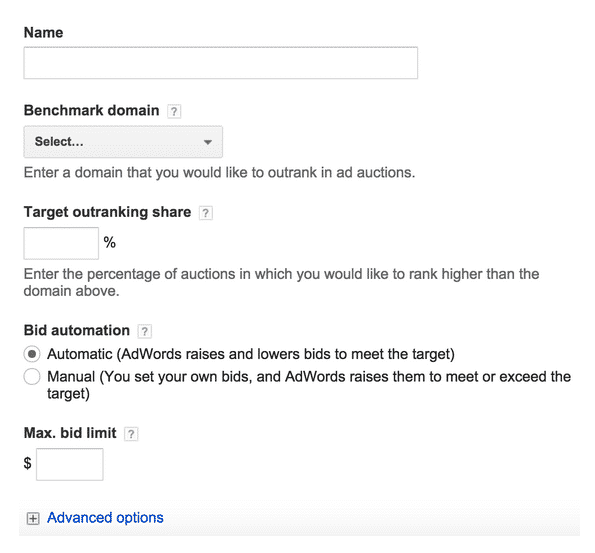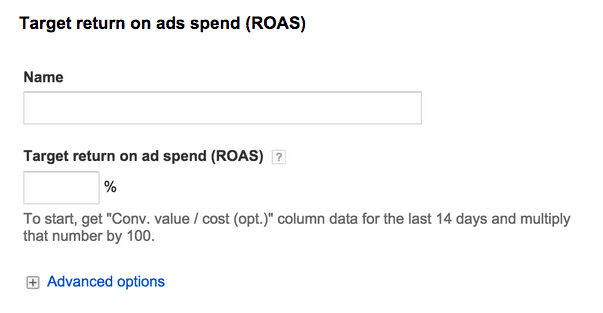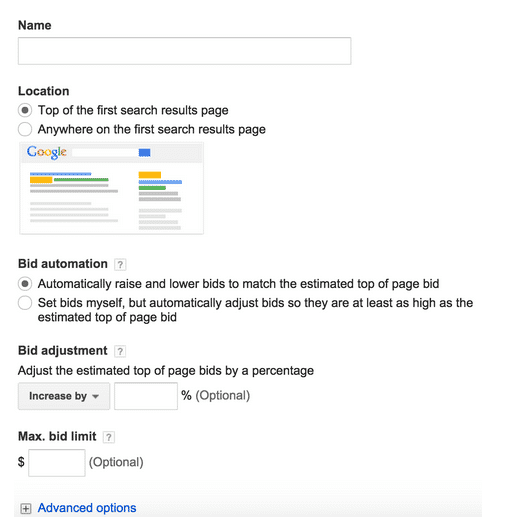6 Clever Ways To Use Flexible Bid Strategies
by Brandt Whiting • December 18, 2014
Bend or twist, these flexible bid strategies can help reach your PPC goals, fast!
Flexible bid strategies automatically set bids to optimize your performance goals across specific campaigns, ad groups, and keywords. This puts Google in the driver seat over your PPC bid management (which can be a good and bad thing). Flexible bid strategies are great for improving performance in ad auctions.
Why you should use flexible bid strategies:
Flexible bid strategies are a lot like yoga… Both flexible and …that’s about it.
Okay, let’s not do any comparisons to yoga. By creating a flexible bid strategy you are automating bids exactly how, where, and when you want them. So let’s put this into practice.
Looking at your account history, you see that the majority of your traffic comes during your after hours. More specifically 5pm-9pm. You can automatically have your bids adjusted up or down during this time.
Another scenario is you want to show up at the top of the first page but you are not sure how much you need to bid in order to accomplish this goal. Here you can learn how flexible bid strategies will help you reach your goal. You can set these strategies at the campaign, ad group or keyword level depending on the strategy you choose.
There are a number of flexible bid strategies you can use across your account. We’ll go over the types and when you should use each of them.
Once you’re ready to create your first bid strategy, go to your shared library and click on, “Bid Strategies”. Here you can create one of six different strategies available to you. The first of six flexible bid strategies is:
1) Enhanced cost-per-click (eCPC)
With this, you can bid more effectively to maximize your conversions. With ECPC enabled and after manually setting your max CPC bid, Google AdWords will automatically raise this bid up to 30% or lowers it as much 100% depending on how likely that click is to lead to a conversion.
When should you use this? When your main objective are conversions while still having control over your keyword bids.
Where can you apply this? Campaigns, ad groups
2) Maximize clicks
You choose a target spend amount and AdWords will automatically set bids to help you get the most amount of clicks. If you don’t set a target amount, AdWords will attempt to use the remaining daily budget when using this strategy.
For example: If you are using this strategy and your daily budget is somewhere in the ballpark of $200, AdWords will first spend whatever amount is required by your manually managed keywords. Then AdWords will get as many clicks as possible while spending your remaining daily budget.
When should you use this? When your main objective is to drive site traffic while keeping within a certain spend
Where can you apply this? Campaigns, ad groups, keywords
3) Target cost-per-acquisition (CPA)
Once you set a target CPA number, AdWords automatically sets bids to achieve this goal. In some cases these conversions will cost more than your target CPA and some will cost less but in the end, AdWords will try its best to keep within your average cost per acquisition to the average you’ve set.
Keep in mind in order to activate this strategy, your ad group or campaign needs to have received at least 15 conversions in the last 30 days and either has received conversions at a similar rate for at least a few days.
When should you use this? When you want to get the most conversions with your target CPA
Where can you apply this? Campaigns, ad groups
[Tweet “Got a goal cost per conversion? Have you ever tried using CPA bidding in #AdWords?”]
4) Target outranking share
Keyword bids will automatically be raised or lowered to help your ads outrank another competitor’s ad. When your ad outranks another ad, it is displayed above another’s domain ad on the Google search results pages or shows when the other ad doesn’t. Please note that this strategy does not necessarily improve you overall rank, but it will however help you improve your rank in comparison to another competitor’s ad.
Keep in mind this strategy does not change bids in every ad auction. Also, your ads are not guaranteed a better placement than that of your competitors. These are just estimates.
When should you use this? When you want more visibility than that of other competitors in the search results
Where can you apply this? Campaigns, ad groups, keywords
5) Target return on ads spend (ROAS)
When and if you assign a value when you setup your conversion tracking, AdWords predicts future conversions and associated values. Then, AdWords sets a maximum cost-per-click bid with each target keyword to maximize your conversion value, while attempting to achieve an average return on ad spend equal to your target.
Keep in mind this strategy will create its own bid adjustments in order to reach your target return on ad spend or ROAS. What it won’t affect is if you set a mobile bid adjustment of -100%.
When should you use this? When your main objective are conversions and want to meet a target return on ad spend
Where can you apply this? Campaigns, ad groups, keywords
[Tweet “What #PPC ROI are you shooting for? Target ROAS bidding can help get you there.”]
6) Target search page location
Bids will automatically be adjusted to show your ad on the top of the page or the first page of Google search results.
This strategy does not guarantee top of the page or first page placement. These are just estimates. Ultimately this is determined by the outcome of the ad auction, which in turn is heavily influenced by advertiser competition and your quality score.
When should you use this? When your main objective is greater visibility in the top positions or on the first page of Google search results.
Where can you apply this? Campaigns, ad groups, keywords
I know you are probably blown away as much as I am with all these cool little automated flexible bid strategies.
Hopefully by now you have some ideas on what you should automate within your AdWords account. If not, I would advise you to figure out the purpose of your AdWords account, by setting specific goals so you know what strategy or strategies are the best fit.
By the way, if you’d like me to take a look at your account and help you decide if flexible bid strategies are right for you, let me know here or in the comments.
How have you used flexible bid strategies to your advantage? Let me know in the comments!



